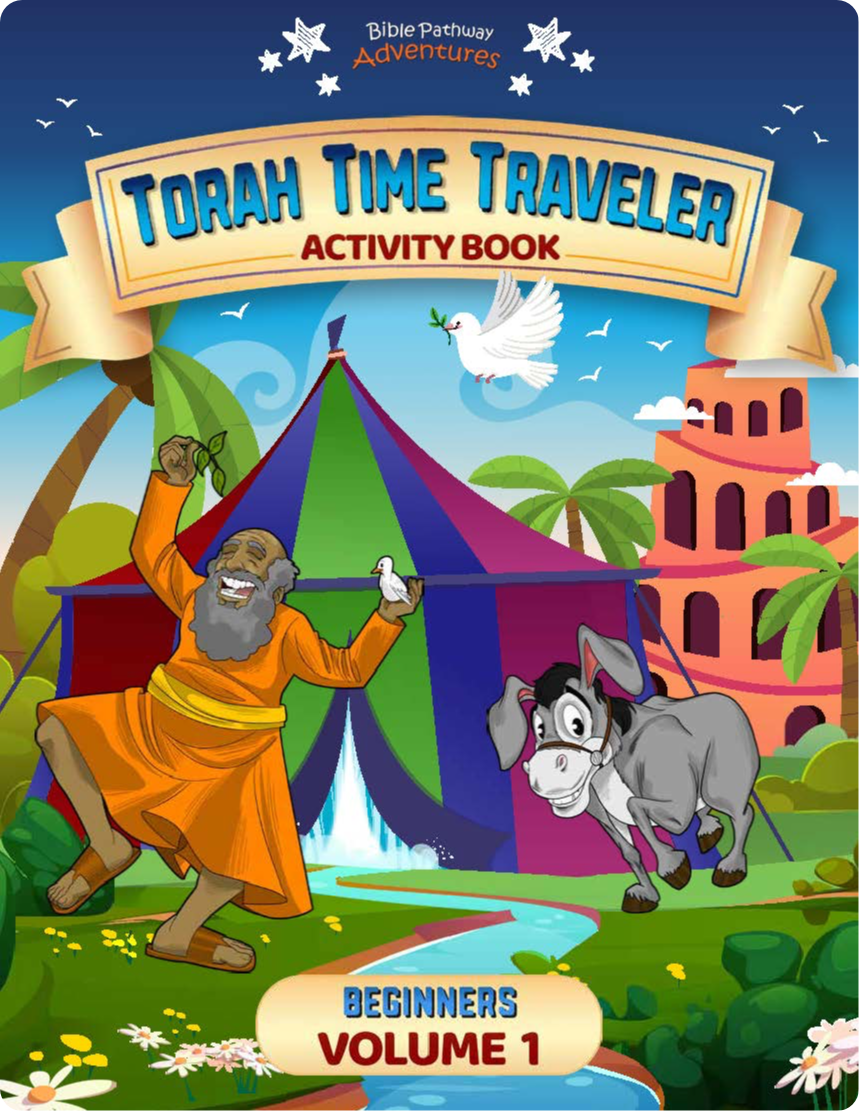The twelve disciples of Yeshua are some of the most fascinating figures in the New Testament! These first century disciples were chosen from ordinary backgrounds, like fishing and tax collecting, to take part in an extraordinary mission: sharing Yeshua’s teachings with the lost sheep of the House of Israel (Matthew 15:24). But their journey wasn’t just about following Yeshua around Galilee—it was part of a rich tradition of discipleship in ancient Israel. If you want to learn more about their lives and the discipleship process, The Disciples Activity Book is a great resource. It’s packed with ready-to-use lesson plans and activities.
So, what was the life of a disciple like? In ancient Israel, discipleship wasn’t just about learning facts or attending occasional lessons—it was a way of life. A disciple (or “talmid” in Hebrew) was more than just a student; they tried to imitate their teacher, or master, in every way. Disciples would live with their master, watch how he handled daily life, and ask questions to understand his teachings more deeply. The goal was to think, speak, and act like the master. When Yeshua called His disciples, He invited them into this kind of close, life-changing relationship. Through their time with Him, they learned not just what He taught but also how He lived.
The disciples of Yeshua came from different walks of life, yet all left their old lives to follow Him. Simon Peter, Andrew, James (son of Zebedee), John, Philip, Bartholomew, Thomas, Matthew, James (son of Alphaeus), Thaddaeus, Simon the Zealot, and Judas Iscariot each made sacrifices to learn from Yeshua, taking on the challenges of discipleship. Peter, Andrew, James, and John were fishermen who left their nets behind. Matthew was a tax collector who walked away from a well-paying but unpopular job. They witnessed Yeshua’s miracles, listened to His parables, and asked questions when they didn’t understand. While they sometimes made mistakes—like Peter’s denial or Thomas’s doubts—they grew through their experiences.
A week in the life of a disciple in ancient Israel was likely filled with learning, observing, and serving. Disciples would spend most of their time alongside their teacher, watching how he lived and listening to his teachings. They already had a foundation in the Torah, as Hebrew boys in their time were taught the Scriptures from a young age. This knowledge shaped their daily lives, including observing the Sabbath, keeping dietary laws, and celebrating God's Appointed Times like the Feast of Tabernacles (Sukkot).
A disciple’s week might include walking with their teacher through the countryside or villages, hearing him explain the deeper meanings of the Torah and addressing questions about God’s commandments. If their teacher spoke in the synagogue, they would sit at his feet, eager to absorb every word. They also memorized Scripture, reflected on its meaning, and discussed how it applied to their lives. In the evenings, they gathered to pray, review the day’s lessons, and prepare for what lay ahead. Every moment was an opportunity to deepen their understanding, not just of the Torah they had learned as children, but of how their teacher, like Yeshua, brought it to life in new ways.





